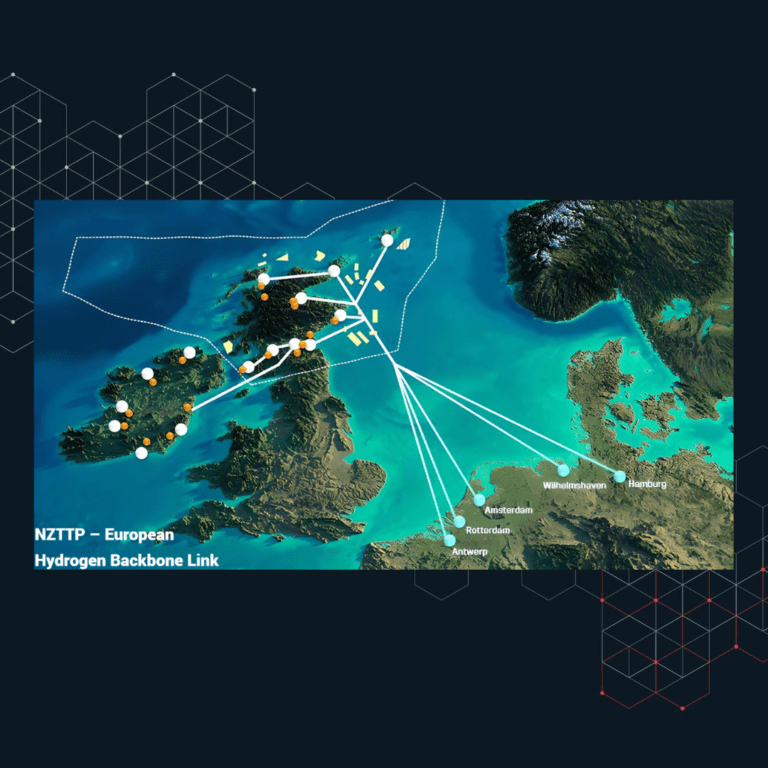AMPP 21532 Guide – Failure modes and effects analysis (FMEA)
In this technical article, we will explore the FMEA step of the methodology refereed in the AMPP Guide 21532-2023, Guideline for Materials Selection and Corrosion Control for CO₂ Transport and Injection.
A failure modes and effects analysis (FMEA), as described by IEC 60812, is a systematic method of evaluating a process to identify potential failures, and the effects of the mode of failure upon continued use. In AMPP 21532, the purpose of this analysis is to identify decision which can reduce the likelihood of failures and their effects. This can lead to improved outcomes such as increased reliability and reduced cost. Typically, in CCS projects, failure modes are ranked along two axes, likelihood and severity, to form a risk matrix.
The AMPP 21532 Guide goes into detail describing the rapid and sudden degradation modes which could be experienced by the system, including low-temperature embrittlement, stress cracking, and corrosion. Understanding which of these failure modes are credible, and how they can be addressed requires expert advice, as they rely heavily on previous work to determine the CO2 specification and operating modes.
Each operating mode identified in the earlier work, including transient and upset conditions, across both onshore and offshore environments will need to be examined as individual subsystems within the FMECA. A hierarchy diagram could be produced to identify each failure mode, across the various identified subsystems. Each component of the system, from pipeline, to valves, and wellhead, will need to be examined systemically to holistically understand the risk to the entire CCS project.
Understanding which of the impurity mixtures can lead to high-risk operation, combined with thermodynamic modelling will highlight areas within the operating envelope where the conditions of the CO2 stream are likely to impact integrity, AMPP 21532 recognised this. A thorough understanding of mechanical failure, corrosion risk, and thermodynamics is necessary to exhaustively determine the appropriate failure modes for the risk matrix.
Take action now to enhance the reliability and reduce costs of your CCS project! Explore the FMEA methodology outlined in the AMPP Guide 21532-2023 with OGC Energy guidance for effective materials selection and corrosion control.
Contact us at office@ogcenergy.com to learn more – Ask your questions to Mark McLeod and the OGC Energy team.



